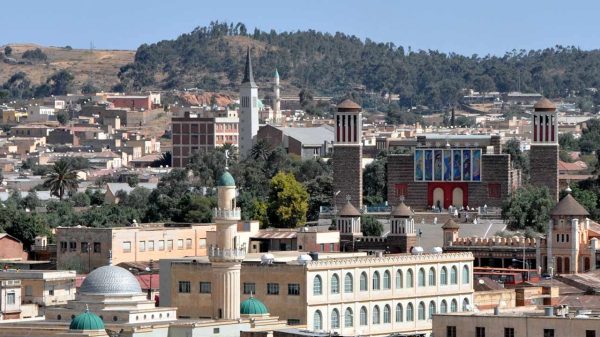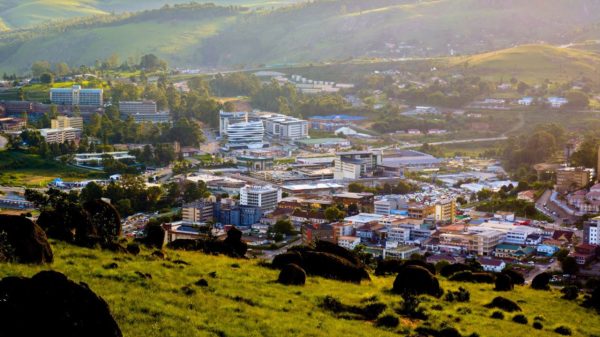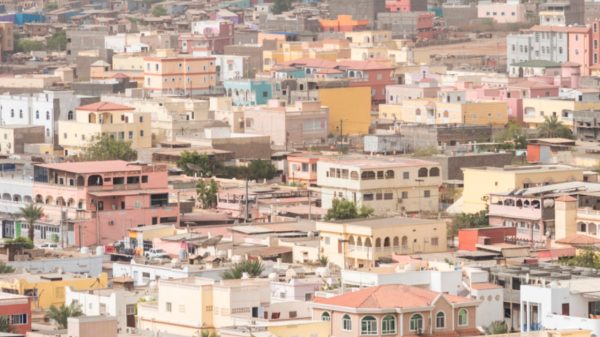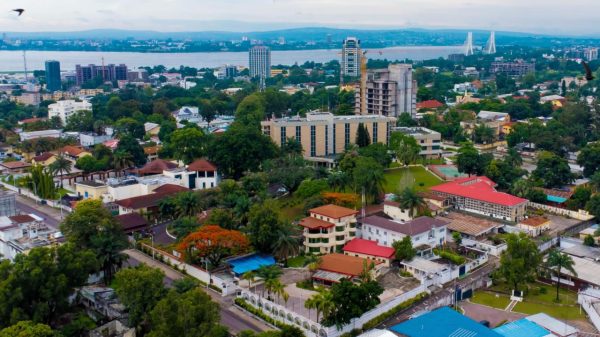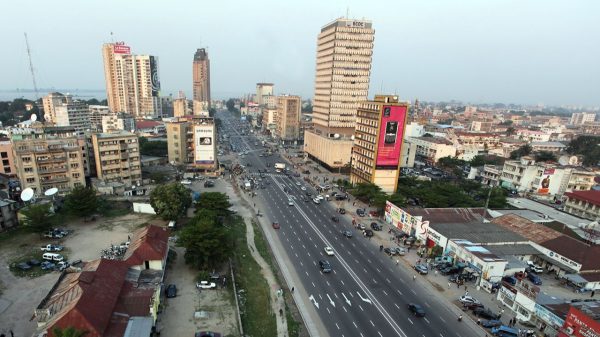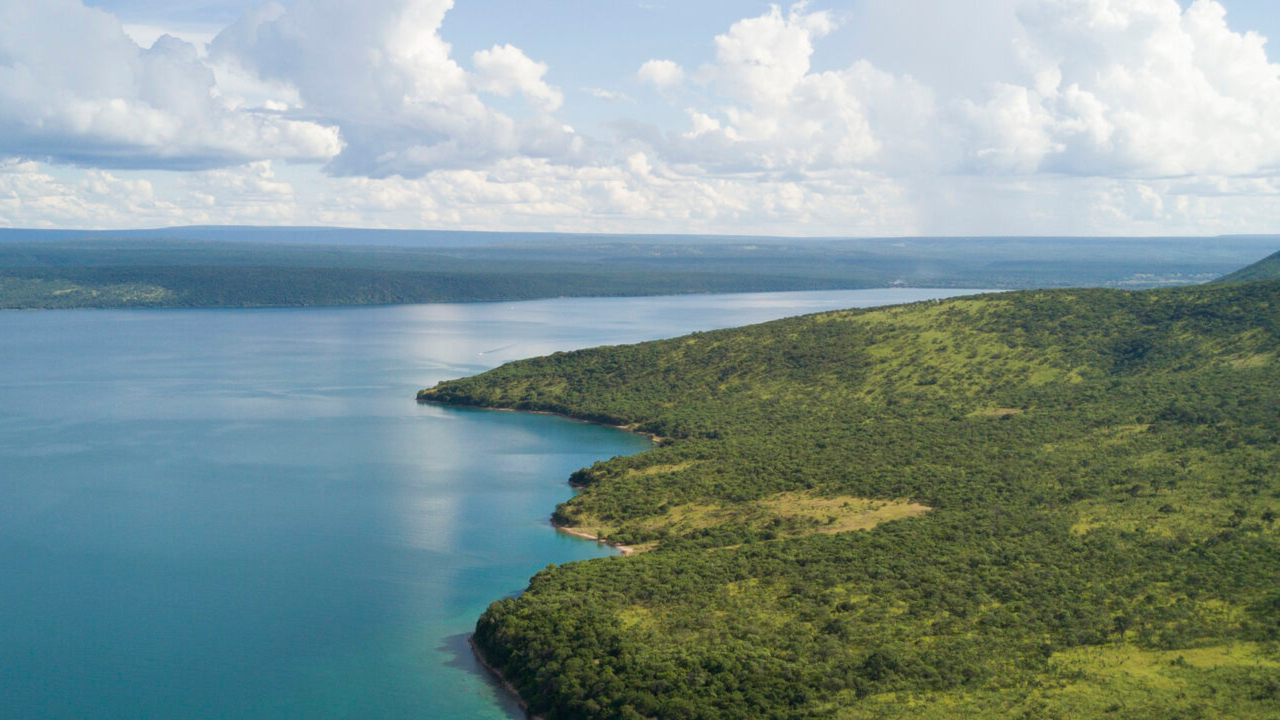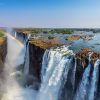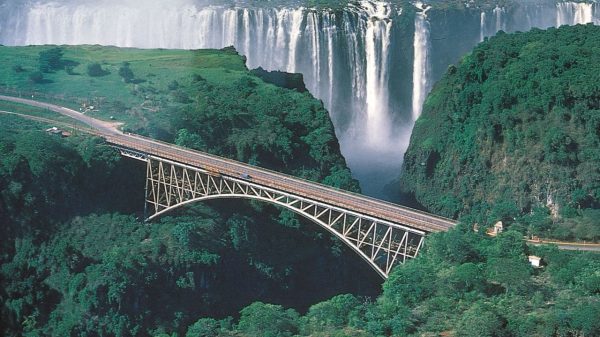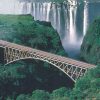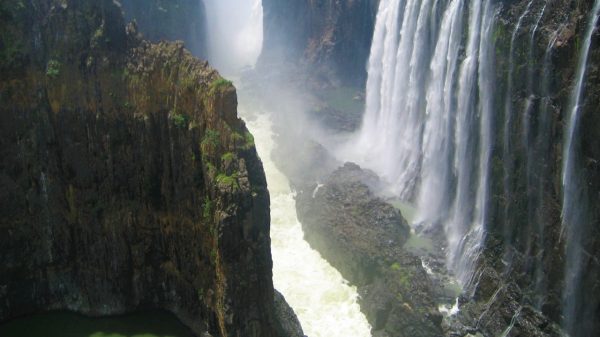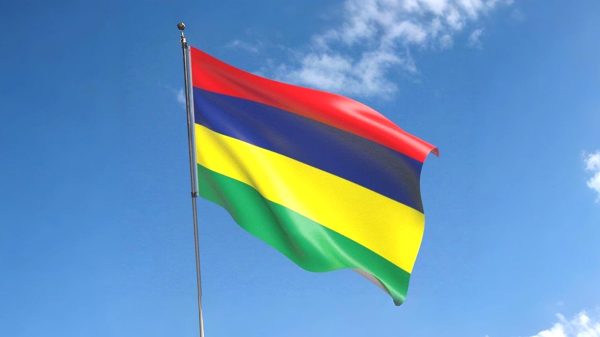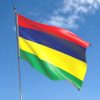Lake Tanganyika, shared by Zambia and three other African nations, is a marvel of biodiversity and geological history.
As the longest freshwater lake globally and the second deepest, it plunges to remarkable depths within the Great Rift Valley. Its ancient waters harbor an extraordinary array of life, with hundreds of fish species found nowhere else on Earth. Zambian shores offer a unique perspective on this natural wonder, from pristine beaches to the dramatic escarpments that define its landscape.
This vast lake not only supports diverse ecosystems but also the livelihoods of millions in the surrounding region. Here are 10 amazing facts about Zambia’s Lake Tanganyika:
1. Second Deepest Lake in the World
Lake Tanganyika is the second deepest freshwater lake globally, reaching depths of up to 1,470 meters (4,823 feet). This immense depth is surpassed only by Russia’s Lake Baikal. The lake’s profound depths contribute to its unique ecological systems, supporting a variety of aquatic life forms that have adapted to its deep-water environments. The stratification of water layers due to such depths also affects oxygen distribution, influencing the types of organisms that can thrive at various levels within the lake.
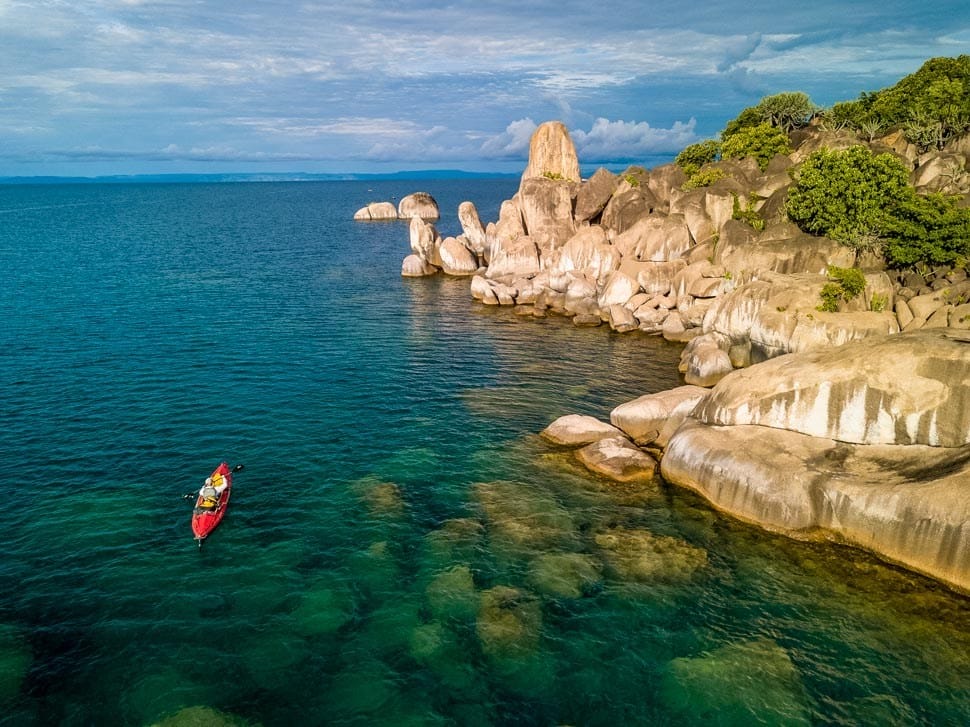
2. Longest Freshwater Lake
Stretching approximately 673 kilometers (418 miles) from north to south, Lake Tanganyika holds the title of the world’s longest freshwater lake. This extensive length traverses multiple countries, providing vital waterways for transport and communication. The elongated shape also creates diverse climatic and ecological zones along its shores, fostering a rich variety of flora and fauna. Communities along the lake’s vast shoreline rely heavily on it for fishing, agriculture, and as a source of fresh water, underpinning the livelihoods of millions.
3. Shared by Four Countries
Lake Tanganyika’s shores are shared by four nations: Tanzania, the Democratic Republic of the Congo (DRC), Burundi, and Zambia. Zambia accounts for approximately 7% of the lake’s surface area, primarily along its northern border. This shared ownership necessitates international cooperation for the management of the lake’s resources and environmental conservation. The lake serves as a critical source of fish and freshwater for these countries, and collaborative efforts are essential to address challenges such as overfishing and pollution that can affect all bordering nations.
4. Ancient Origins
Formed around 9 to 12 million years ago, Lake Tanganyika is among the oldest freshwater lakes in the world. Its ancient origins have allowed for the evolution of a highly diverse and unique ecosystem. Over millions of years, species have adapted to the lake’s specific conditions, leading to a high rate of endemism. This long evolutionary history makes the lake a valuable site for scientific research, offering insights into speciation, evolutionary biology, and the impacts of long-term ecological stability on biodiversity.
5. Exceptional Biodiversity
Lake Tanganyika is home to over 2,000 species, with more than 600 species found nowhere else on Earth. This exceptional biodiversity includes a vast array of fish, invertebrates, and other aquatic organisms. Notably, the lake is renowned for its colorful cichlid fish, which have diversified into numerous species, each adapted to specific ecological niches. This remarkable variety of life forms makes the lake a hotspot for biological research and underscores its importance for global biodiversity conservation efforts.
6. Significant Water Volume
Containing approximately 18,900 cubic kilometers of water, Lake Tanganyika holds about 8% of the world’s fresh surface water. This significant volume underscores the lake’s importance as a freshwater reservoir. The vast amount of water supports not only the rich aquatic life within the lake but also the millions of people who depend on it for drinking water, agriculture, and industry. The lake’s capacity to store such a large volume of water also plays a role in regional climate regulation and hydrological cycles.
7. Vital Fisheries
Lake Tanganyika supports major commercial fisheries, providing livelihoods for thousands of local fishermen and contributing significantly to the economies of the bordering countries. The lake is particularly known for species like the Lake Tanganyika sardine (Limnothrissa miodon), which is a staple in local diets. Sustainable management of these fisheries is crucial to prevent overexploitation and ensure that the lake continues to provide for future generations. Efforts are ongoing to balance economic needs with conservation to maintain the health of the lake’s fish populations.
8. Unique Geological Formation
Situated within the Great Rift Valley, Lake Tanganyika’s formation is a result of tectonic movements that have created its steep escarpments and profound depths. The lake lies in a rift basin formed by the divergence of tectonic plates, leading to the creation of deep valleys and high surrounding mountains. This geological activity continues to shape the landscape, contributing to seismic activity in the region. The unique geological features also influence the lake’s hydrology and ecology, creating habitats for diverse species.
9. Clear and Warm Waters
Lake Tanganyika’s waters are known for their clarity and warmth, with average temperatures around 26°C (79°F) and visibility extending up to 15 meters (49 feet). These conditions make the lake ideal for various aquatic activities such as snorkeling and diving, allowing enthusiasts to observe the vibrant underwater life. The warm temperatures also support a diverse range of aquatic species, many of which are endemic. However, these conditions can be sensitive to environmental changes, highlighting the need for ongoing monitoring and conservation efforts.
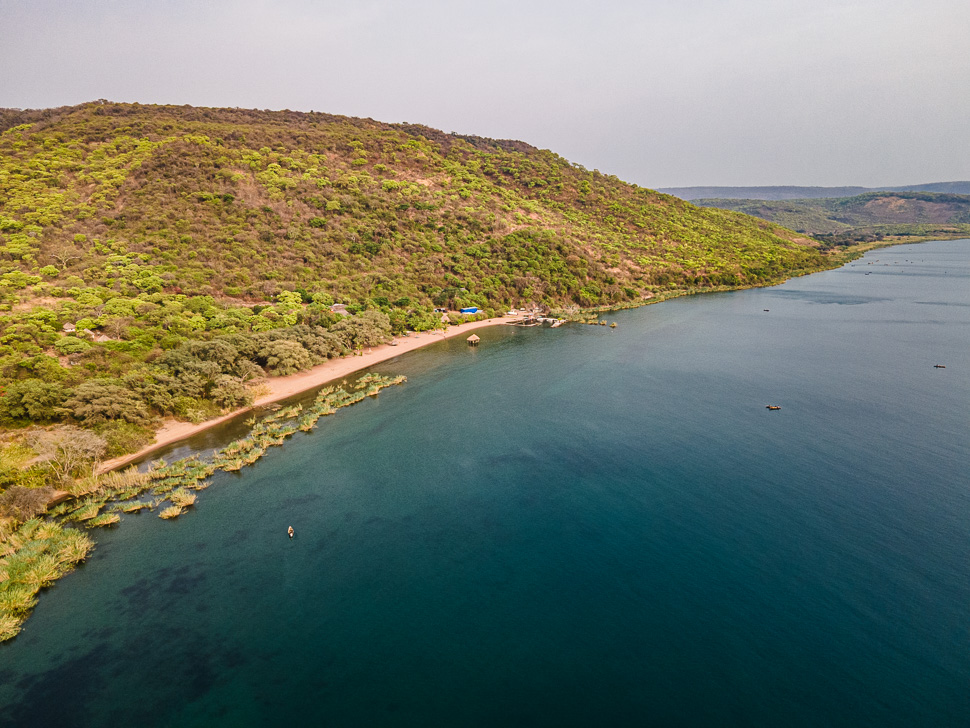
10. Diverse Aquatic Habitats
Lake Tanganyika’s varied environments, from rocky shores to deep pelagic zones, support unique species clusters, including endemic fish families like bagrids and cyprinids. The diversity of habitats allows for a wide range of ecological niches, fostering high levels of biodiversity. Conservation of these habitats is essential to maintain the ecological balance and ensure the survival of the many species that depend on them. Protecting these environments also benefits local communities who rely on the lake’s resources for their livelihoods.
Subscribe to our Newsletter
Stay updated with the latest trends in African Pop Culture!











